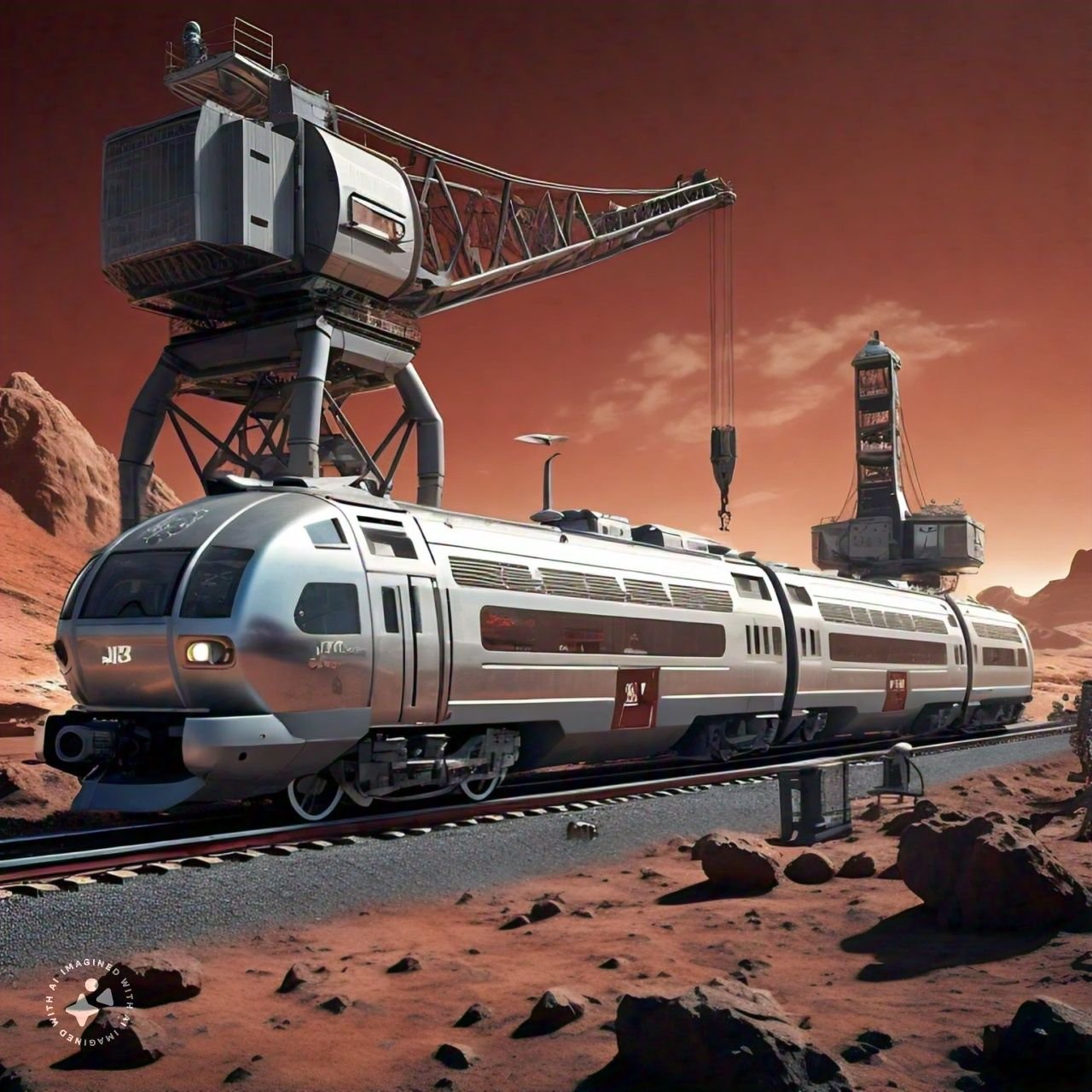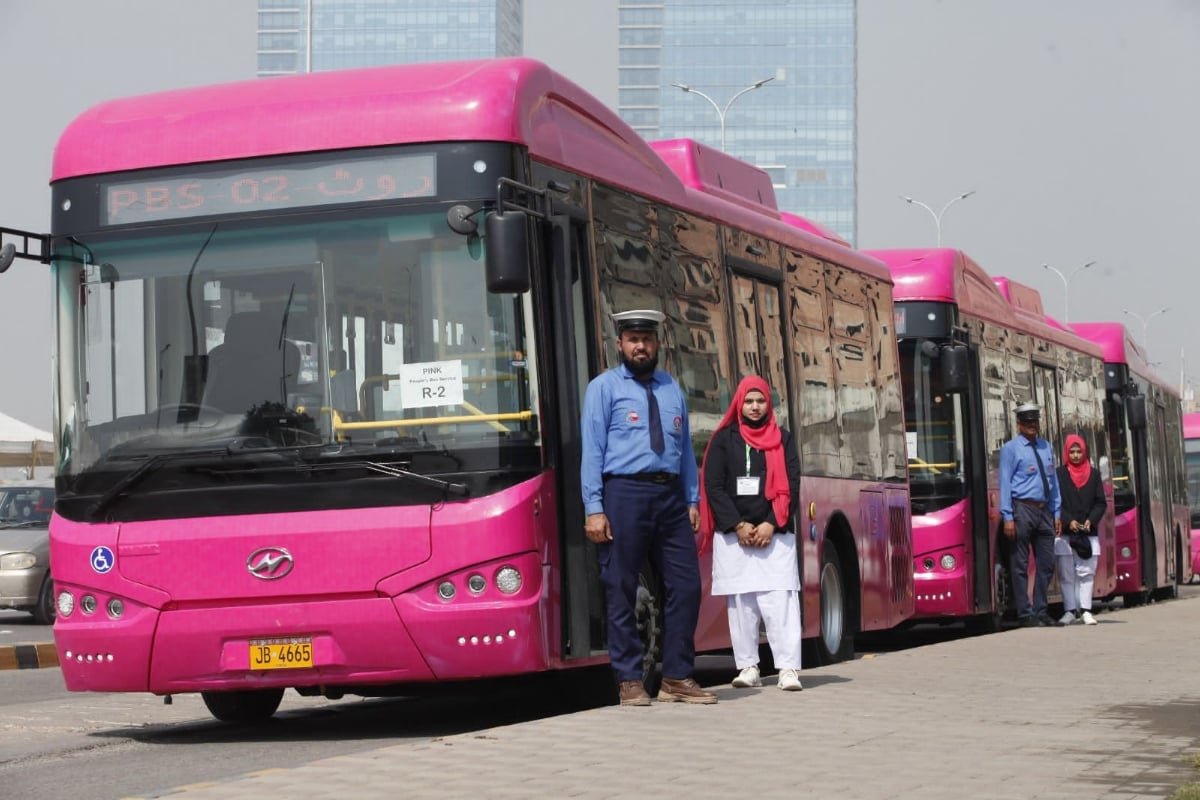NASA plans to run train on Mars & funds the lunar rail system in space
NASA plans to run a train on Mars and funds the lunar rail system in space to make science fiction a reality. NASA has been supporting initiatives that extend human space exploration to unimagined levels.
A spokesperson for NASA, John Nelson, refers to this initiative as a science fiction-like concept while explaining the lunar rail system. The space agency NASA is developing lunar rail systems to transport people and goods to Mars.

NASA has six projects that seem far from reality, including the space rail system, but the space agency still wants to complete it eventually. They include a lunar railway system, a fluid-based telescope, and a transit system to transport people and goods to Mars.
These initiatives are a part of NASA’s Innovative Advanced Concepts (NIAC program). It provides funding for ongoing research for the lunar rail system. Flexible Levitation on a Track (FLOAT) is a project for this.
They have completed the first NIAC phase and entered conceptual investigations Phase II. The researchers will receive over $600,000 to conduct further research in the next two years.
However, there is no assurance of success in these NASA projects as they are currently in the exploring phase. If they make it to the final NIAC phase, the researchers would become able to run a train on Mars as NASA plans.
John Nelson is also the executive of NIAC headquarters in Washington. He said their NIAC fellows never stop to amaze and inspire. They would like to build the first lunar train system. So, it can move things reliably, on its own, and quickly on the Moon and Mars.
NASA plans to launch a space rail system under missions like the Robotic Lunar Surface Operations 2 (RLSO2) call for a permanent lunar base. Hence, researchers need a strong, long-lasting robotic transport system to make this base.

Click here to read the updates on NASA found a new planet twice Earth-size with liveable conditions
Expanding telescope technology is a basic need for this space rail project study to proceed. NASA scientist Edward Balaban states that existing space telescope technologies need expansion to aperture sizes larger than 10 meters. It does not seem economically cost-effective.
Hence, there is a need for cost-effective solutions to expand space technologies to larger sizes for the lunar rail system initiative. The FLOAT project offers a possible way to build a space telescope with a big aperture or liquid primary mirrors.
Edward said they can create such liquid primary mirrors in microgravity through fluidic shaping. However, NASA researchers are committed to making this initiative work to turn the imaginary world into reality by 2030.
Read More:
- Sea creature turns into a baby when it is stressed out showing time travel
- Realme Narzo 70 Turbo 5G launch date, features, specifications & price
- European Space Agency printed 3D metal part in space for first time
- Earth’s mysterious Alaska triangle where over 20,000 people disappeared
- Philips Hue launched a new smart lighting solution for kitchen
- NASA to launch life-searching spacecraft to Jupiter’s moon Europa
Share this content:










Post Comment